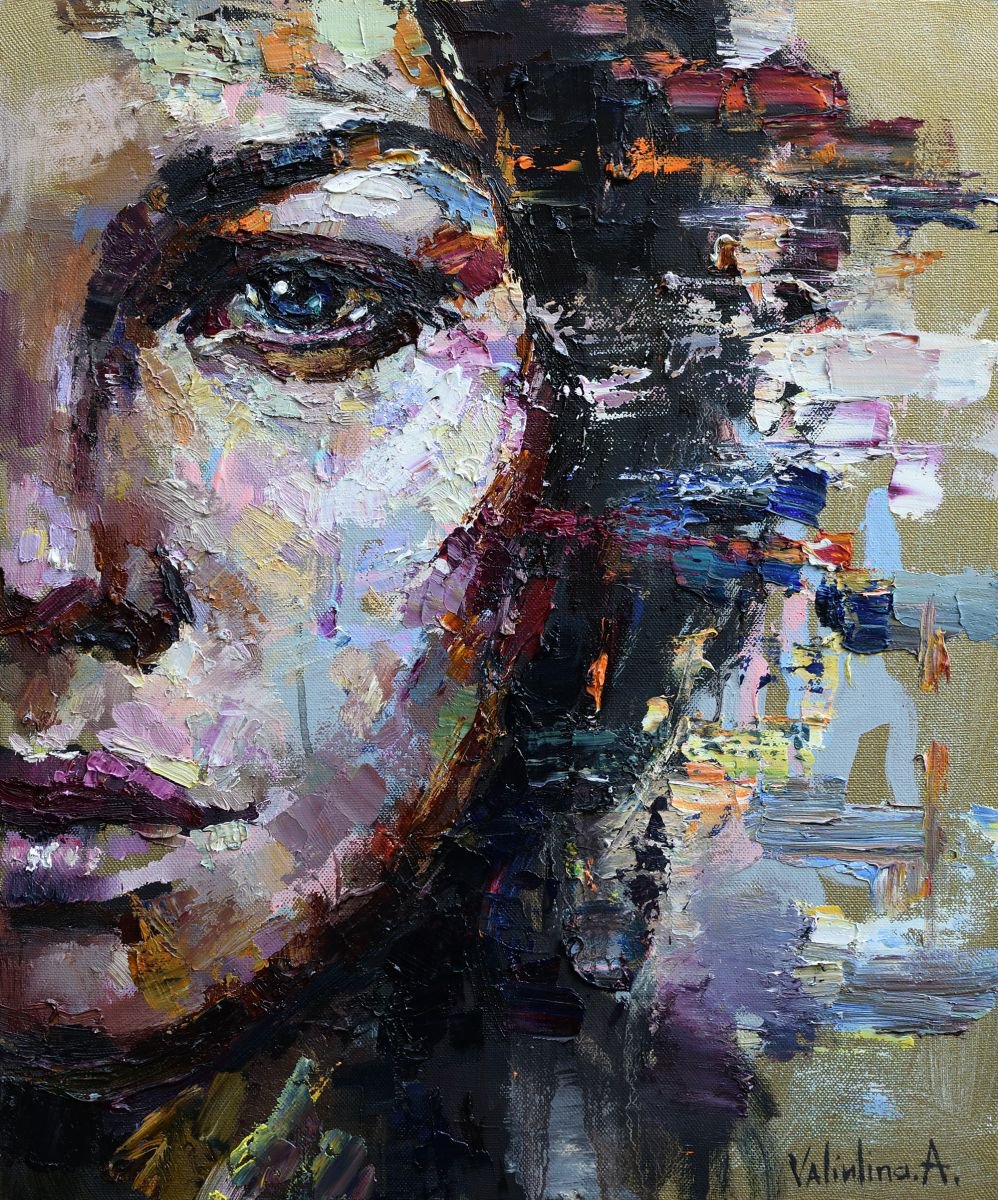

Thought to be the pioneer of Abstract Art, Russian artist Wassily Kandinsky was easily recognized as the most iconic member of the entire movement. Wassily Kandinsky: Untitled (First Abstract Watercolor) (1910) While there are many more artworks that can be included when considering the most famous Abstract paintings of all time, we have chosen the ten best Abstract paintings to talk about below. When considering these Abstract Art examples, certain artworks have managed to stand out and gain increasing popularity as time has gone on. Throughout the early 20 th century, a lot of famous Abstract art was created, with the majority of these artworks still being spoken about today. Since the creation of Kandinsky’s artwork, the Abstract Art movement proved to be an extremely multifaceted field that encouraged an investigation and development of new styles and techniques, that have since influenced the emergence of other art movements today. One of the most iconic Abstract Artists of all time was Wassily Kandinsky, who was said to paint the first and most iconic Abstract artwork ever made. Therefore, Abstract Art was believed to conjure up powerful emotions and connections with viewers through the images that were depicted.Īrtworks created were thus in retaliation to the fundamental changes that were occurring in the technological, scientific, and philosophical spheres of the Western European world, with Abstract Art existing as the major turning point in artistic society.ĭue to this, no right or wrong way existed when it came to interpreting Abstract Art and what it meant, as the movement embodied the idea that any depictions could be classified as art.


The result of these artworks was that they became greatly abstracted, with this style said to represent the artist’s thoughts and emotions when creating the artwork. This freedom in art was characterized by an unrestrained use of color, shapes, forms, and gestural marks, which were combined to achieve an unusual aesthetic, which led to intense emotional responses from viewers. Rain Landscape (1911) by Wassily Kandinsky Wassily Kandinsky, CC0, via Wikimedia Commons The development of Abstract Art gave artists the autonomy needed to create endless boundaries in order to put together their theoretical compositions and label them as “art”. Artists began to depict these concepts of what was seen in society through non-realistic and symbolic artworks, which demonstrated a great departure from traditional and representative artistic creation. This was because reality at the time, with all of its many changes, was thought to be incredibly restricting and artists felt a need to break away from its limitations.Ībstraction was firmly established as a major force within the art world as society began to experience depression, food shortages, and war. Most artists in the early 20 th century sought new ways of producing art, with Abstract Art existing as a medium that evoked the notion of being entirely abstracted from something real. Thought to arise during the late 19th century and early 20th century, Abstract Art opposed traditional representation art, as it aimed to bear no resemblance to anything remotely distinguishable in the natural world.Ībstract Art arose as artists attempted to create works that were completely unrelated to any perceptible references, to the point where artworks became completely detached from reality altogether. Seen as a non-representational art movement, abstraction within art developed tremendously throughout the years, with many artists choosing to experiment within this genre. 2.10 Robert Motherwell: Elegy to the Spanish Republic No.2.8 Helen Frankenthaler: Mountains and Sea (1952).2.7 Jackson Pollock: Convergence (1952).2.5 Pablo Picasso: Nude, Green Leaves and Bust (1932).2.4 Joan Miró: Peinture (Etoile Bleue) (1927).2.1 Wassily Kandinsky: Untitled (First Abstract Watercolor) (1910).2 The Ten Most Famous Abstract Art Pieces.


 0 kommentar(er)
0 kommentar(er)
